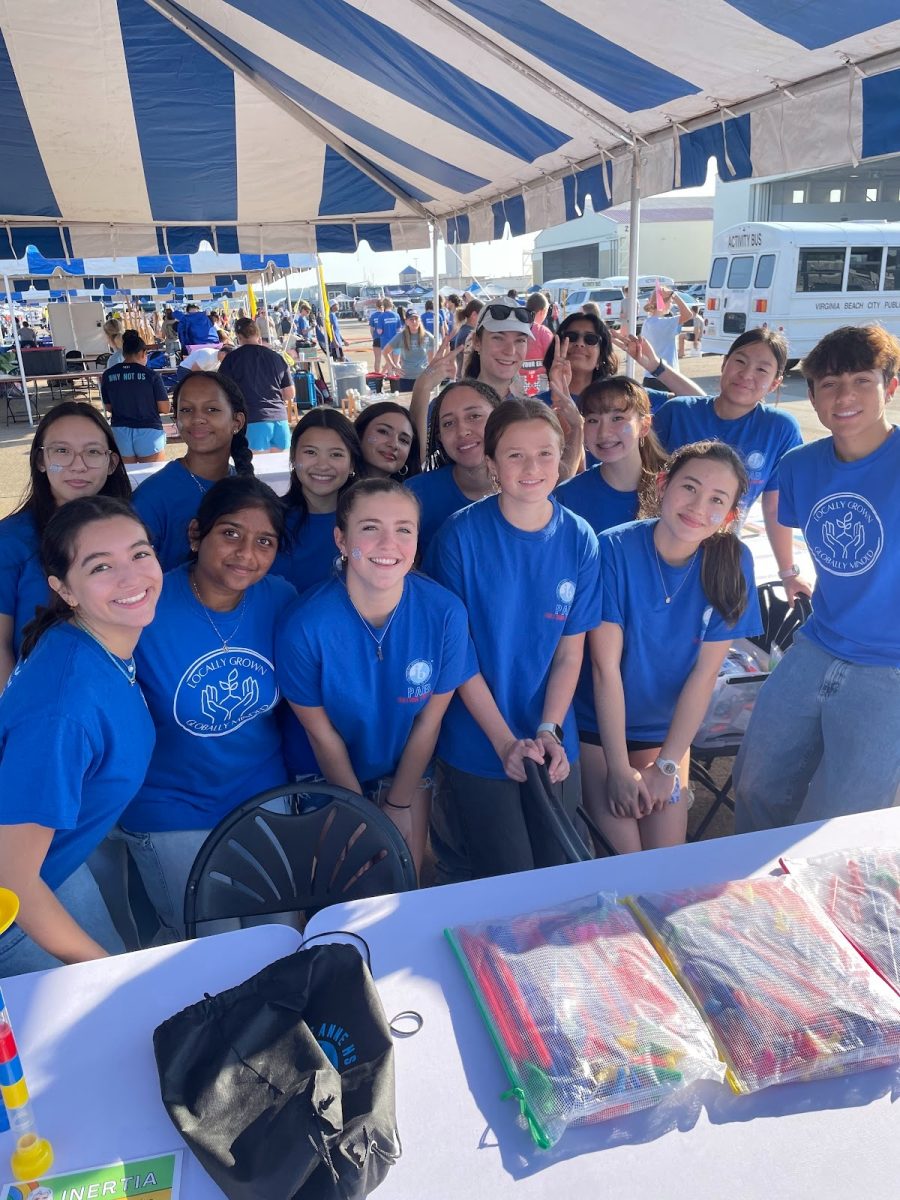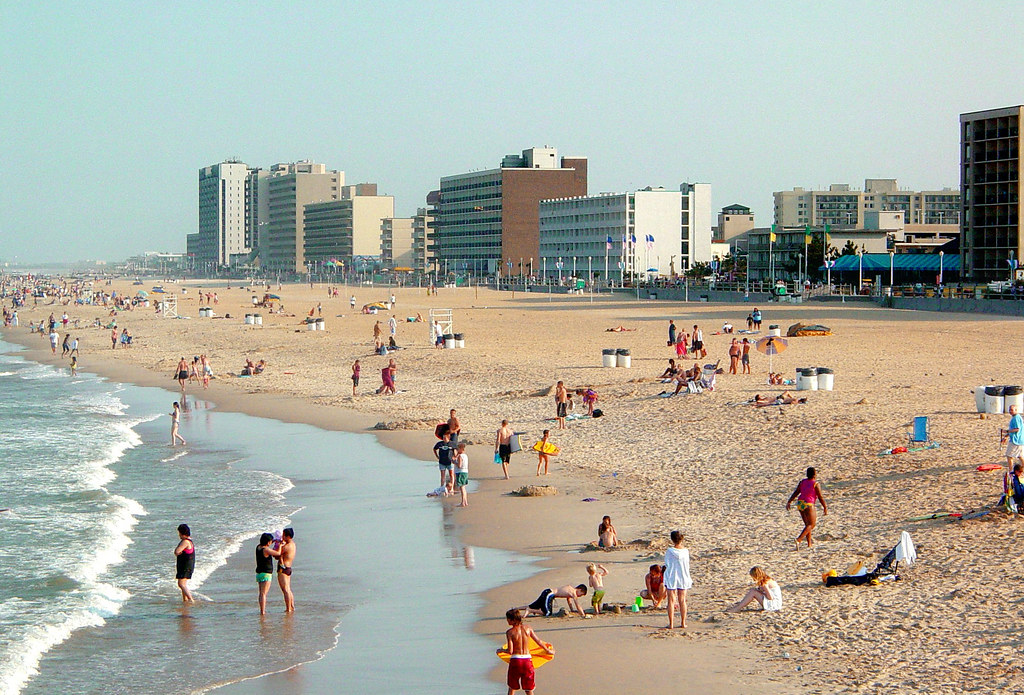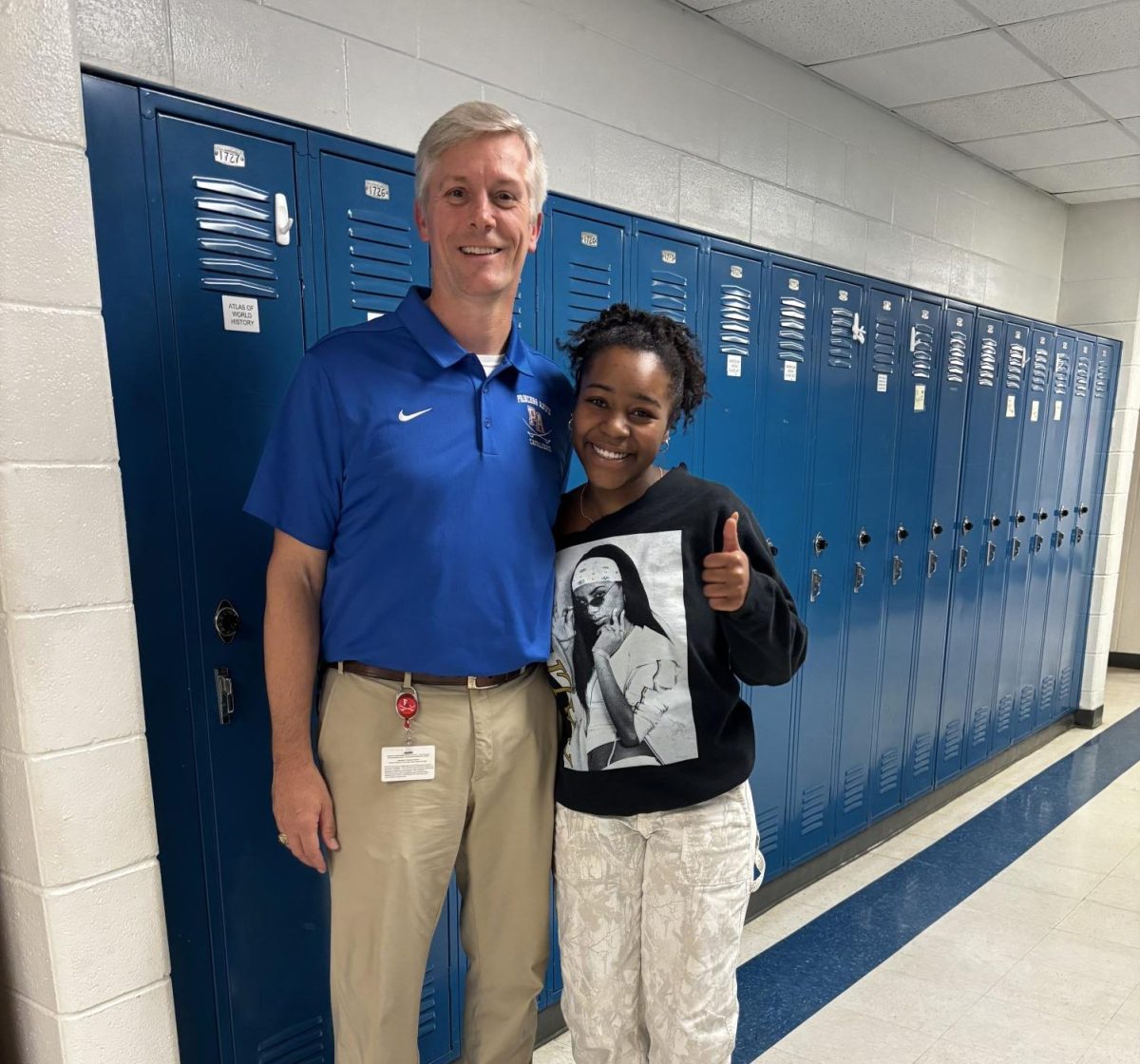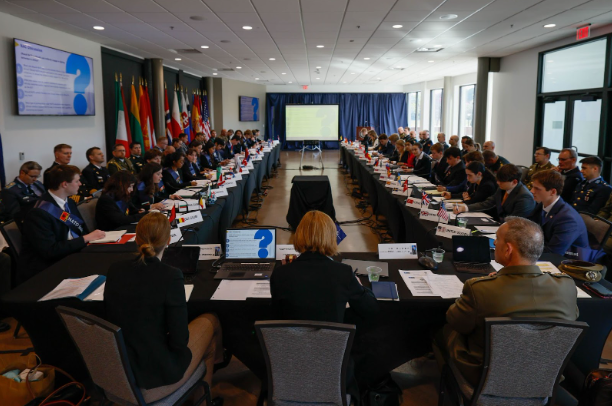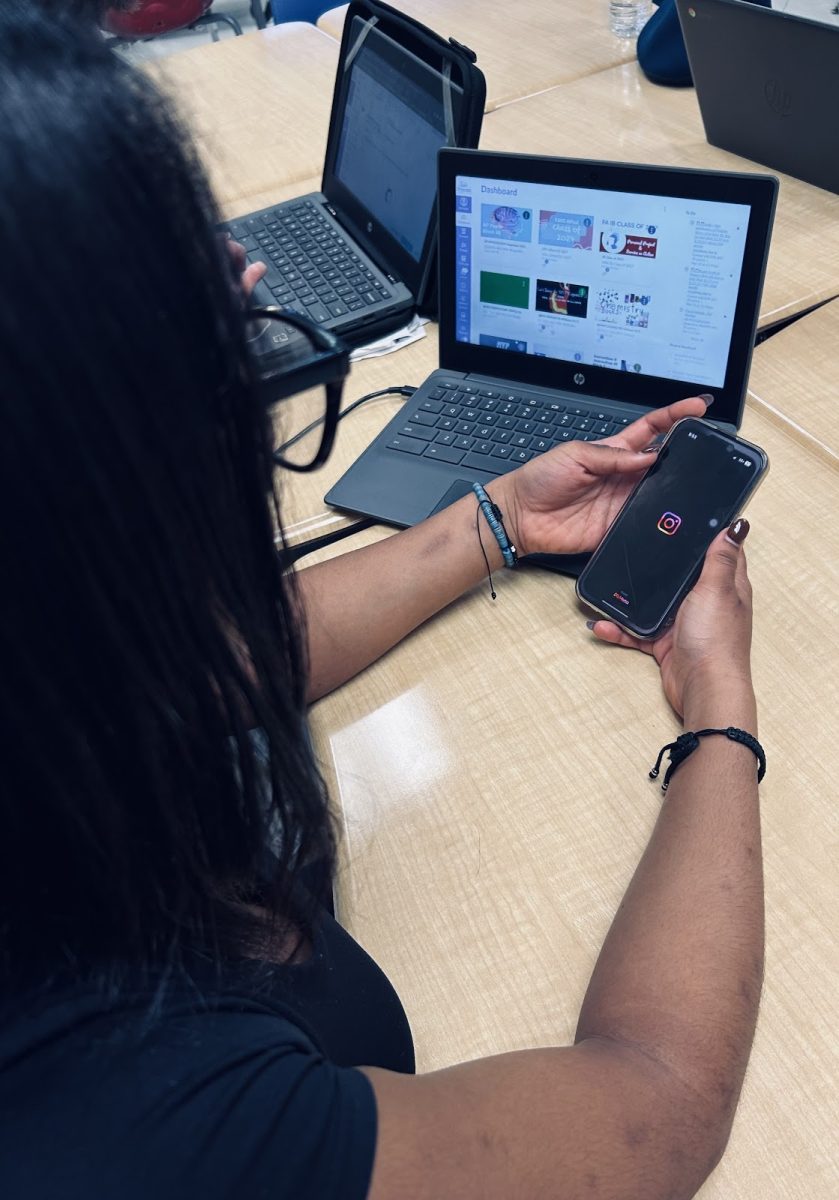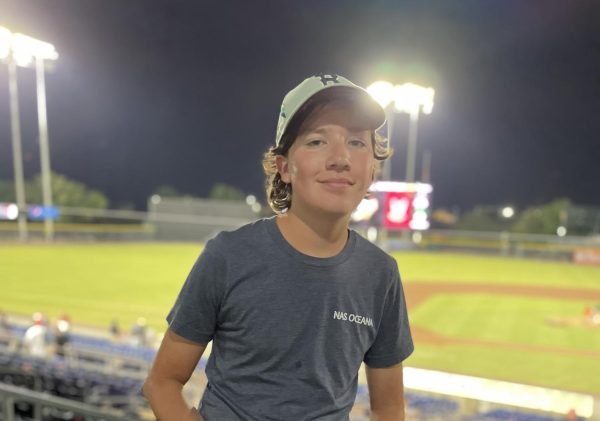In Room 314, students are immersed in a practical, but expressive art: cooking. Through learning about effective nutrition and exposure to kitchen work and international cuisine, students are often put in a unique position in the classroom, trading conventional assignments for more interactive, hands-on activities.
Intro to Culinary Arts, offered as an art elective, had many students hooked from the first day of course selection last year. Junior Madi Hayes described her motivation to take the class for its real-life benefits: “I thought it would be an interesting thing to do, to get out of my comfort zone. I never really learned how to cook, so I thought it would be fun.”
The class’s teacher, Aaron Meyer, who “has always had a passion for food,” is in his first year of teaching culinary arts and is excited to bring that passion to the classroom. “I really love getting to share my joy and knowledge of food with others, and I think that’s something that’s really exciting,” said Meyer.
According to Meyer, the class is intended to be a “introduction level course,” adding that “we talk about a little bit of everything.” Units tend to be organized around key food groups like meat, bread, and dairy, and consist of lectures, cooking demonstrations, and a final lab, in which students are given the opportunity to put their newfound knowledge to the test.
Through these labs, students learn to prepare a variety of dishes in a safe but overall independent process. Working in groups, they are given recipes and ingredients, but the work is completely for them to cook, even if they don’t like the food being made. Throughout the labs, students learn to work with various styles and ingredients from a variety of ethnicities, nationalities, and cultures.
The course precedes the Catering elective, in which students begin to put their cooking skills to practical use, like offering food to staff at Princess Anne.
But while cooking is the focus of Culinary Arts, other elements of preparing food are covered in Culinary. A major topic early on in the class is safety and sanitation. Knife safety and proper cleaning is learned, and kitchen hazards are identified. Students learn how to prevent foodborne illness through cleaning their equipment and correctly cooking the food they make.
In the first unit, they are taught how to make measurements and lay out their ingredients first, a process that Hayes called “really useful.” Students take notes on how to follow recipes’ instructions, developing skills that are used for the rest of the course. To conclude the unit, they make brownies to eat and share with others.
Another notable topic discussed is the logistics of cooking, from shopping for ingredients to budgeting with the food you have. Sophomore Evan Lindbergh described this topic as one of the most important things he learned. “I plan to go to college in the future, so having some background on cooking will help me, as a college student, learn to make food on a budget, and potentially in the future, work in a culinary setting,” said Lindbergh.
Junior Ben Murphy described making pasta as a highlight of the class, emphasizing the eye-opening experience of learning how to make it from raw ingredients. “I really liked how interactive it was, using a pasta machine for the first time,” Murphy explained. “It turned out tasting really good, and it was cool to do the whole process…from scratch.” Lindbergh, who also considered the lab to be his favorite of the semester, added, “I decided to make homemade pasta for my family, and it was honestly really amazing.”
While the class finished for students at the end of the first semester, these students left the class with great memories and a new outlook on the culinary world. Murphy mentioned how his perspective on restaurant work was altered by real-life kitchen experiences, saying “I’m more knowledgeable now about how kitchens work. It makes me appreciate the process [of restaurant cooking], because it’s really difficult and high intensity.”




